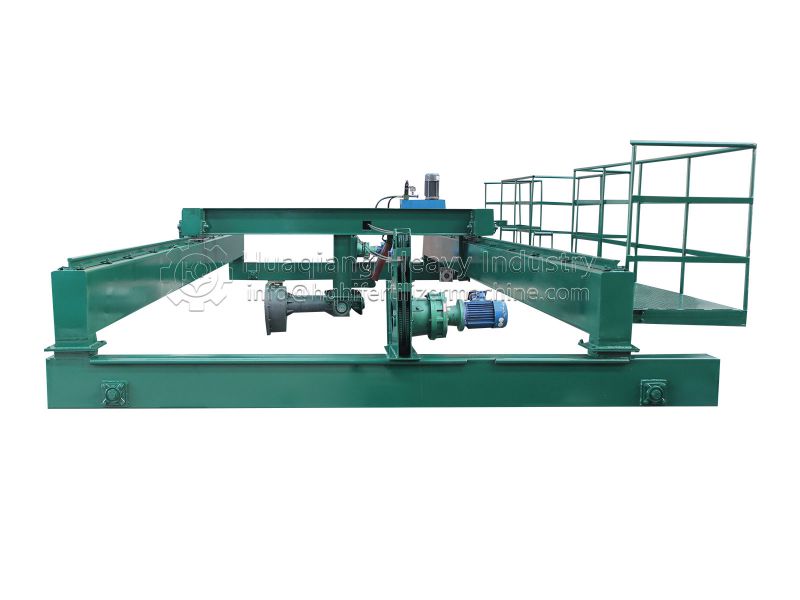For fertilizer companies, choosing the right double screws compost turning machine can increase fermentation production capacity by 30% while also reducing energy consumption and labor costs.
- Compatibility with Fermentation Tank Specifications
The operating width of the double screws compost turning machine must match the width of the fermentation tank (common widths are 3-6 meters), and the turning depth must match the tank depth. If the tank is too wide or too deep, the edge materials may not be turned properly.
- Matching Processing Capacity with Production Capacity
Select the equipment’s processing capacity based on the daily fermentation raw material volume (a single machine can process 50-200 tons per hour). Small and medium-sized companies can choose a small machine (50-100 tons/hour). Large-scale production lines require a large double screws compost turning machine, while also allowing for 10% redundancy to account for raw material fluctuations.

- Adaptability to Raw Material Characteristics
When processing livestock and poultry manure with high moisture content, choose equipment with spiral blades equipped with an anti-stick coating to prevent entanglement. When processing straw-like fiber materials, prefer models with a wide spiral blade spacing (15-20cm) to enhance material throwing and reduce clogging.
- Power and Energy Considerations
Preferably choose models with variable frequency motors, which can adjust the speed based on the moisture and viscosity of the raw material. Also consider the double screws compost turning machine’s travel system. Track-type models are suitable for fixed fermentation tanks, while crawler-type models are suitable for flexible adjustments to the fermentation area.


